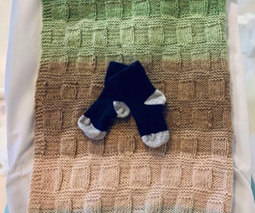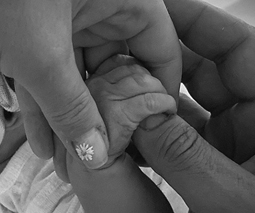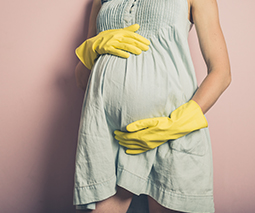Push it real good: When should women start pushing during labour?

An interesting study has recently aimed to zero in on the best time to push during the second stage of labour, and the results have surprised many.
To push or not to push? That is the question
Scientists have been trying to determine the safest approach to pushing a baby out once a woman’s cervix is completely dilated, and their latest research resulted in some interesting findings.
It had not been clear whether it’s best to start pushing at full dilation, or whether waiting and allowing the baby to make her own way through the birth canal was best.
This latest study looked at 2,404 labouring women and studied what happened when they reached full dilation.
Of the group, 1,200 women began to push immediately when their cervix was fully dilated. The other group of 1,204 women waited an hour before they began to push.
“In this randomised clinical trial, immediate pushing compared with delayed pushing didn’t result in a significant difference in the rates of spontaneous vaginal delivery (without the use of forceps, vacuum or cesarean delivery) or overall adverse outcomes among newborns,” Scimex reports.
No need to wait?
So while there were no obvious differences in rates of spontaneous vaginal delivery within the two study groups, some complications were apparent in the mums that delayed pushing.
- The rate of spontaneous vaginal delivery was 85.9 percent in the immediate group vs 86.5 percent in the delayed group – Pretty similar, right?
- There was no significant difference in the outcome of neonatal morbidity and perineal laceration between the two groups – Phew.
- The immediate group had a significantly shorter mean duration of the second stage compared with the delayed group (102.4 vs 134.2 minutes) despite a significantly longer mean duration of active pushing (83.7 vs 74.5 minutes) – So shorter second stage, but more time spent pushing.
- The immediate pushing group had lower rates of an infection called chorioamnionitis and fewer postpartum haemorrhages – Interesting.
“The timing of second stage pushing efforts did not affect the rate of spontaneous vaginal delivery,” the study concluded, but it seems that immediate pushing may result in better outcomes.
There’s still much work to be done, so we’ll be keeping a close eye on the research.
 Need some support to be the best parent you can be? Our Parent School parent coaching experts can help. Click to find out more or book a one-on-one session.
Need some support to be the best parent you can be? Our Parent School parent coaching experts can help. Click to find out more or book a one-on-one session.









